Understanding and Overcoming a Disconnected Compliance Program
When an organization doesn’t distinguish legal and compliance teams and their responsibilities, it can unintentionally create silos and disconnected processes internally, because legal and compliance teams have fundamentally different goals and perspectives on their purpose.
From Tom’s 35+ years of experience, legal teams are designed to protect an organization, while compliance teams are designed to prevent, detect, and remediate problems as they might arise, and create a culture where they’re less likely to arise. Both deal with risk, but in different ways that require their own independent functions, budgets, and leaders.
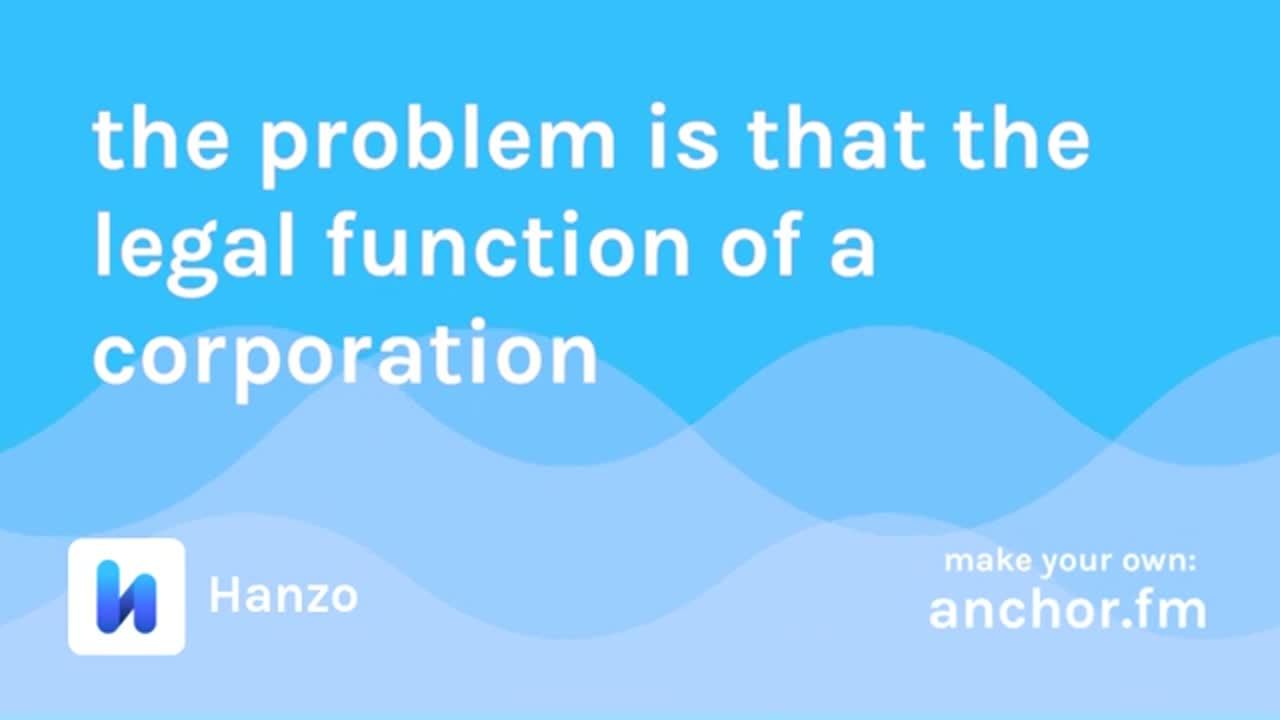
What Operationalized Compliance Means and Knocking Down Silos
The Cognizant Technology declination from February 2019 demonstrated that even when C-suite leaders were guilty of participating in a bribery scheme, the DOJ can decline to prosecute if your Chief Compliance Officer can demonstrate an effective and robust pre-existing compliance program.
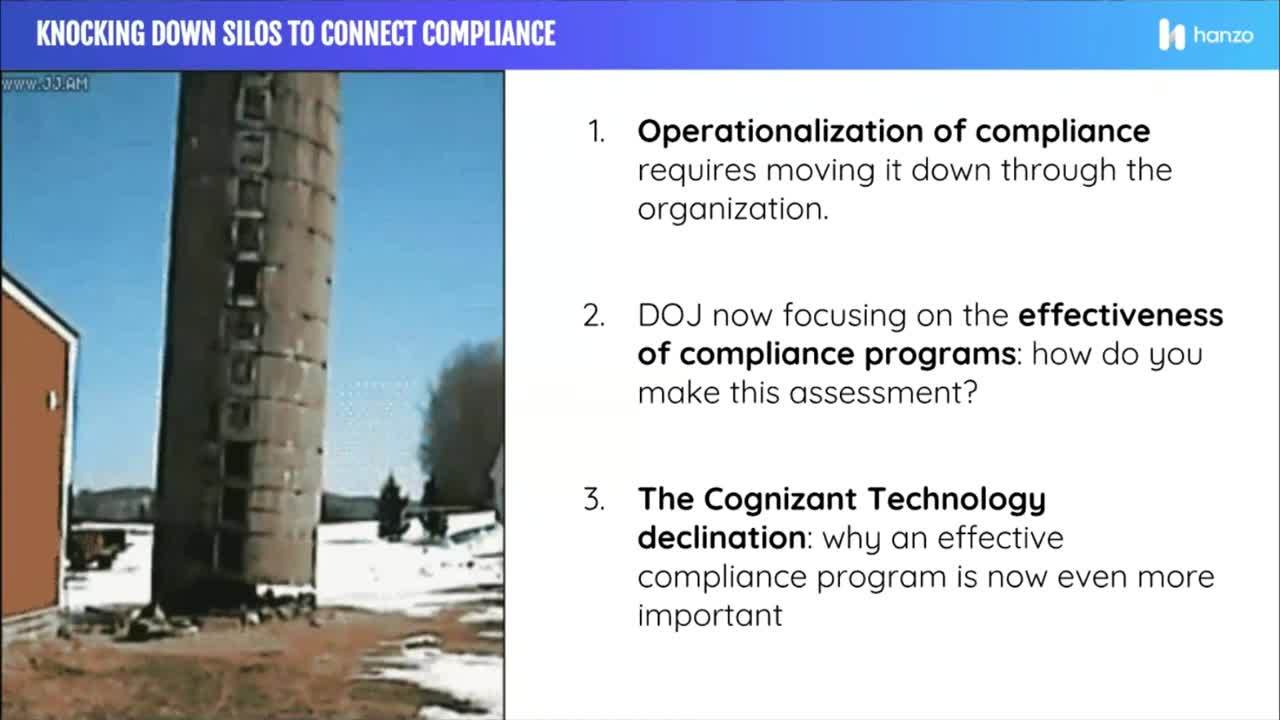
What Morgan Stanley’s Declination Says About Compliance Communication Volume
Marketing and communications teams know that in order to get a message across and have it stick, you need to share it repeatedly and strategically with your intended audience. For many compliance teams, infrequent, semi-annual or annual communications and training are the historical norm, but modern programs are adapting the mindset of more consistent (and branded) communications throughout the year. As in the case with Morgan Stanley, that frequency of communication helped demonstrate their program was sophisticated enough to receive a declination.
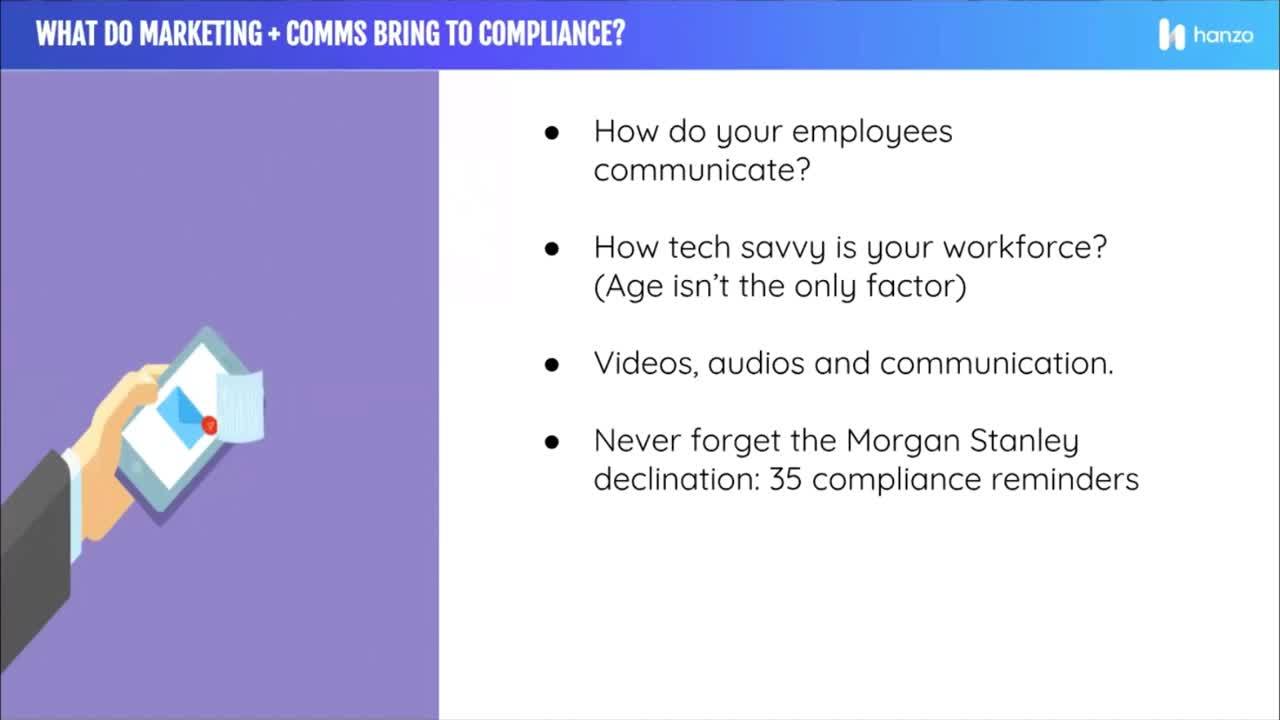
The Benefits of Building a Culture of Compliance
Louis Sapriman, who was Chief Compliance Officer (CCO) of an organization awarded amongst the “World’s Most Ethical” 10X by Ethisphere, believes the benefits of building a culture of compliance go beyond complying with regulations, straight to the bottom line.
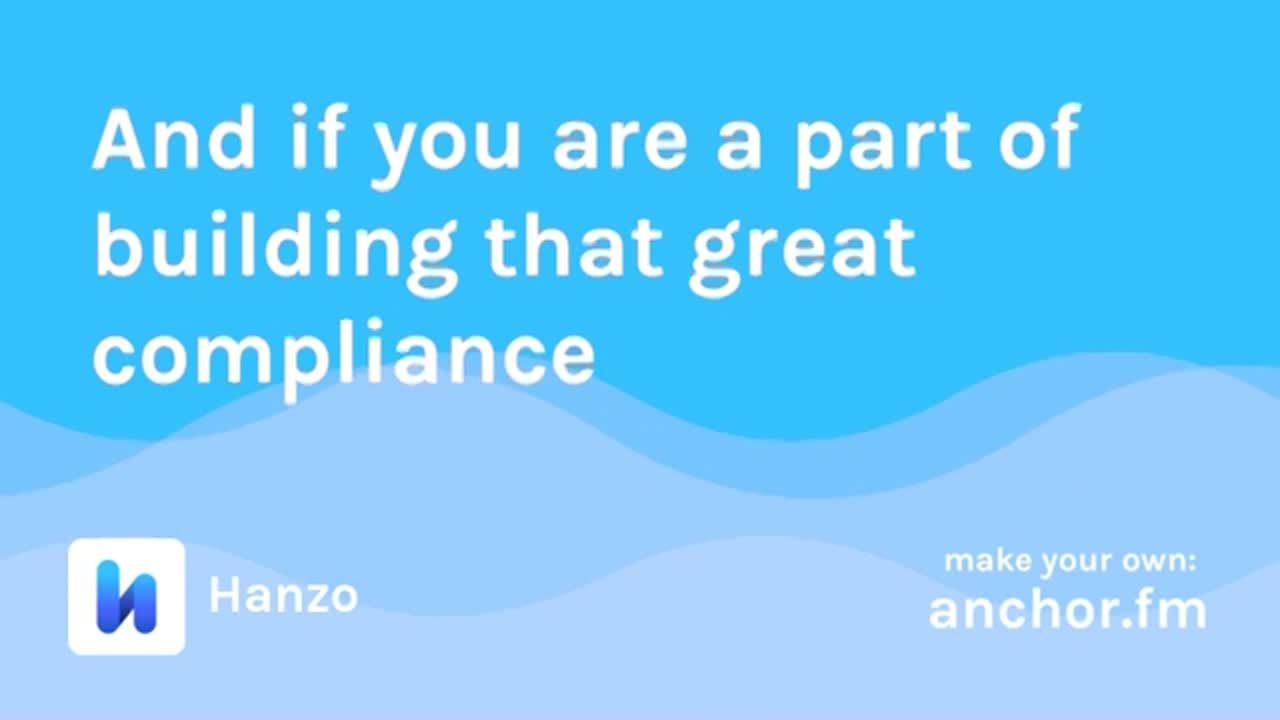
HOW COMPLIANCE TEAMS CAN KNOCK DOWN SILOS AND MEASURE SUCCESS
According to Louis Sapriman, knocking down internal silos that prevent collaboration between departments starts with forming great relationships with the key stakeholders and leaders in those departments. Once you can form that personal, one-to-one relationship, the next step is to demonstrate the value your compliance team can bring to that team, or department. Proactively building those relationships in advance of when you may need them will ultimately result in a more effective and measurable compliance program.
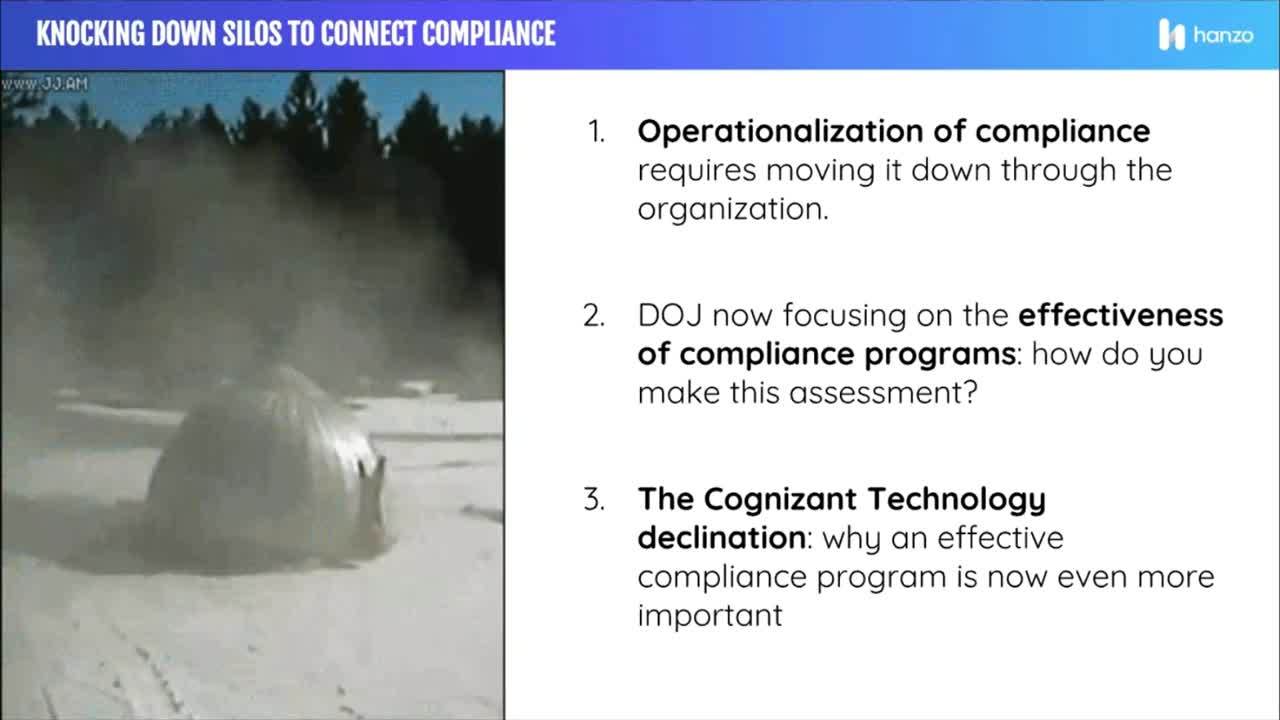
THE FEAR OF EMBRACING SOCIAL MEDIA IN A COMPLIANCE PROGRAM
Social media comes with certain risks and unpredictable possibilities that can illicit fear from a compliance or legal team, but Louis’ experience suggests the rewards can outweigh the risks.

THE IMPORTANCE OF UNDERSTANDING YOUR AUDIENCE WHEN IT COMES TO AN INTERNAL COMMUNICATION STRATEGY
How and where do the conversations in your organization take place? What is your modern equivalent of the “office water cooler” and how can you leverage that channel to connect with your intended audience when it comes to communicating important messages about compliance? During the webinar, Louis spoke to the reality that many of these exchanges no longer take place via email, and instead, have moved to other channels like Slack, or social media messaging tools.
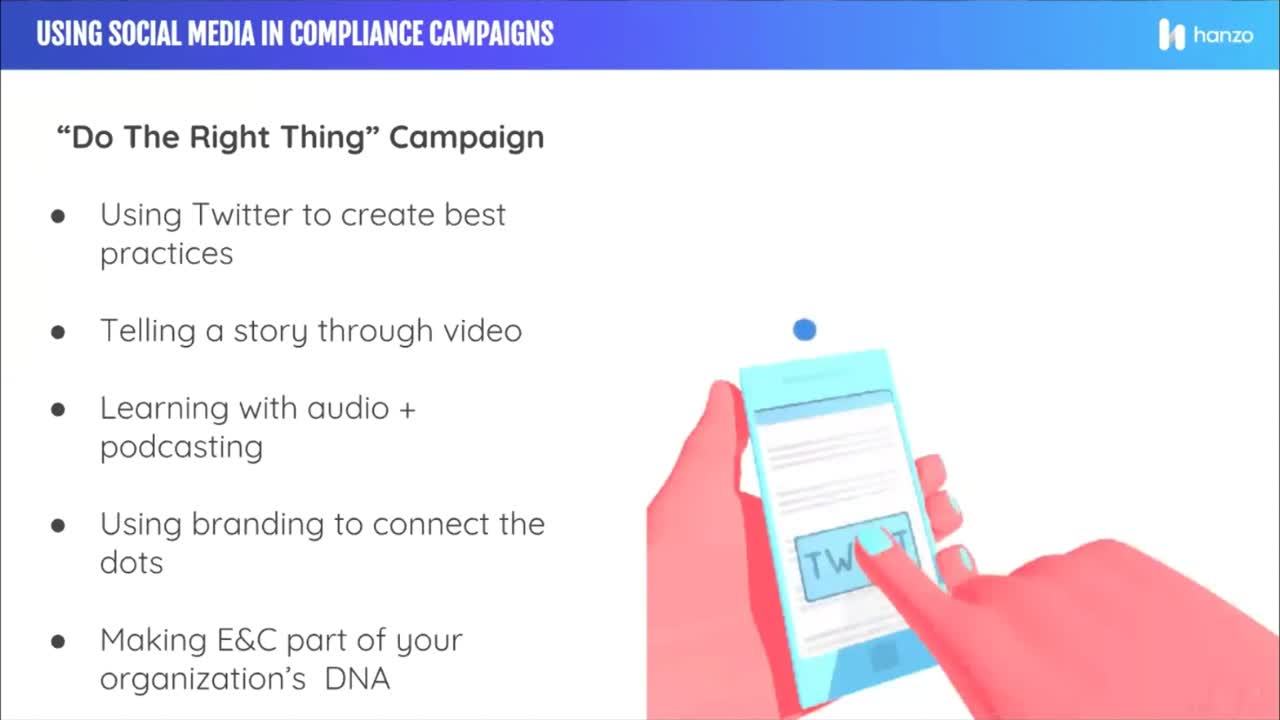
How to brand your compliance program
When it comes to accomplishing compliance goals, branding your compliance program can significantly improve the likelihood of success. To start building your compliance brand, think about the main message you’re trying to communicate internally and what behaviors you want to embed within your culture. Are you reinforcing that message and those behaviors in every compliance communication and activity you do? Are you using different channels and strategies to share it? Think less about the individual tactics and more about the big picture strategy and the connection points between the tactics. Louis suggests that compliance teams collaborate with their internal marketing and communications peers to help with this. For more about branding your program, listen here.

If you’re interested in reading more about the relationship between compliance and marketing, both in the opportunities that exist and risks that may go overlooked, take some time to read this blog post with three case studies of innovative marketing campaigns.
You can watch the full webinar recording and redeem CCB CEUs here. We’re thankful to Tom and Louis for sharing their insights and experiences with us and our community, and hope the lessons for compliance officers from this webinar have been valuable and will help them innovate and improve in the future.
